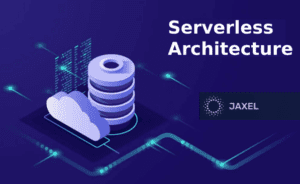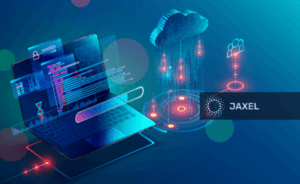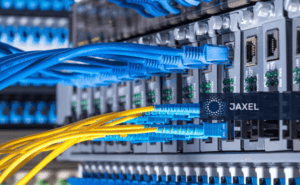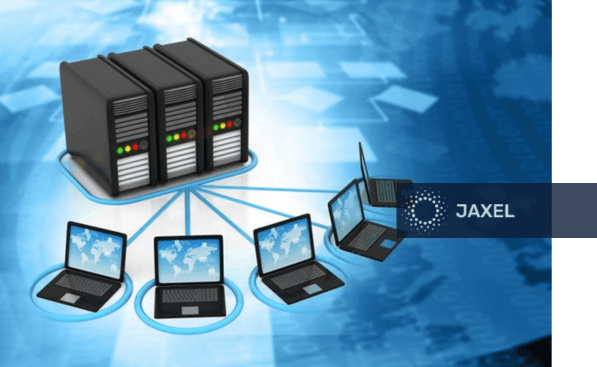Serverless architecture is a way of running services without having to manage infrastructure. The developer only needs to upload their code. So, the cloud provider runs the code in a stateless compute container. With serverless, you only pay for the computing time you consume, rather than for pre-allocated computing resources. Keep reading the blog to know the details.

How to Choose the Best Serverless Technology?
Choosing the best serverless technology for your use case depends on several factors, including:
Development Language Support:
Choose a technology that supports your preferred programming language. Moreover, serverless technology supports various programming languages. The exact language support depends on the specific serverless platform. Some of the platforms are AWS Lambda, Google Cloud Functions, Azure Functions, etc. Also, some platforms may have additional language support. It is best to check the documentation of a specific platform for detailed information on its supported languages. Moreover, one of the benefits of serverless architecture is it would help you in making better business decisions.
Event Sources:
Consider the types of events that will trigger your functions and ensure the technology you choose supports them. Event sources are the inputs that trigger a serverless function or application in a serverless architecture. Also, some common event sources in serverless technology include:
HTTP Requests:
An incoming HTTP request, such as a REST API call or a webhook can trigger a serverless function.
Cloud Storage:
An event source can change a cloud storage bucket, such as a new file or an existing file.
Real-Time Data:
It can be real-time data streams such as IoT device data or social media updates.
Scheduled Tasks:
An event source can be a scheduled task, such as a function that runs every day at a specific time with serverless architecture vs microservices.

Message Queues:
An event source can be a message in a message queue, such as a new message in a RabbitMQ or Amazon SQS queue.
Database Changes:
There are just a few examples of event sources in serverless technology. Moreover, the exact event sources available depending on the platform and services used.
Performance:
Evaluate the performance and resource limits of each technology to see if they meet your requirements. Serverless technology provides a cost-effective way to manage applications. When we consider what is serverless architecture, it can offer improved performance in several areas:
Cost:
With serverless, you only pay for the exact amount of resources and computing time you consume. Thus, it helps in reducing overall costs.

Maintenance:
With serverless, you can manage infrastructure transferred to the cloud provider. Thus, it can free up time and sources for developers to focus on building and improving their applications. However, it’s worth noting that serverless architecture is not a one-size-fits-all solution and may not be the best choice for every use case. It’s important to carefully consider the specific requirements before deciding on a serverless approach.
Pricing:
Compare the pricing models of each technology and make sure it aligns with your budget. Also, serverless technology pricing depends on a pay-per-invocation model. This can result in lower costs compared to traditional servers, where the user pays for a fixed amount of resources regardless of usage. Some common benefits of serverless architecture that influence the cost of serverless technology include:
Number of Invocations:
The number of times a serverless function is executed, or the number of API requests made.
Duration of Execution:
The amount of time required to run the function or handle a single request.
Resource Consumption:
The amount of memory and CPU resources consumed during function execution. Most cloud providers, such as AWS Lambda, Google Cloud Functions, and Microsoft Azure Functions, offer free tiers and price calculators to help users estimate their costs and optimize their usage.
Ecosystem:
Consider the availability of tools, libraries, and other resources that support the technology. The ecosystem of serverless architecture consists of a range of components. Also, these tools support the development and management of serverless applications. These include:
Serverless Platforms and Frameworks:
Popular examples include AWS Lambda, Google Cloud Functions, and Azure Functions. These platforms provide the infrastructure to run and scale serverless functions.

Event-Driven Computing:
Serverless applications respond to events such as HTTP requests or changes in a database. It allows them to scale and execute only when needed, reducing costs.
API Gateways:
API gateways handle incoming requests and route them to the appropriate serverless function. Examples include AWS API Gateway and Azure API Management.
Serverless Databases:
To know what is serverless architecture, consider NoSQL databases for serverless applications.
Monitoring and Logging:
Monitoring tools such as Google Stack driver can check the performance.
Serverless Tools and Libraries:
There are many tools that simplify the development and deployment of serverless applications. New tools and services are being added to support the growth of serverless computing.
Vendor Lock-In:
Make sure to understand the vendor lock-in policies. Also, vendor lock-in can occur when a customer uses a serverless architecture. Also, the customer’s applications and data are tied to that specific platform. It becomes difficult for the customer to switch to another vendor. It is important for customers to consider the level of their applications. Also, you should choose platforms that support open standards. Additionally, customers can build their applications in a multi-cloud using many serverless platforms. Thus, it can reduce their dependence on any single vendor.

Community:
Check the size of the community around the technology, which will play a role in its future support. Consider these factors and do your own research. Also, test each technology with a small pilot project, and choose the one that best meets your needs.
The Bottom Line:
Serverless architecture is a game-changing innovation in the field of computing. Also, it allows developers to build and run applications with ease. It reduces operational costs and enhances scalability. So, it is an attractive choice for modern organizations. While there are still some challenges, the trend toward serverless is undeniable. It is likely to become popular and adopted in the coming years. Jaxel is one of the best places to get software development and technology solutions. Moreover, we have years of experience in cloud transformation and data analysis. If you want these services, connect to Jaxel.









